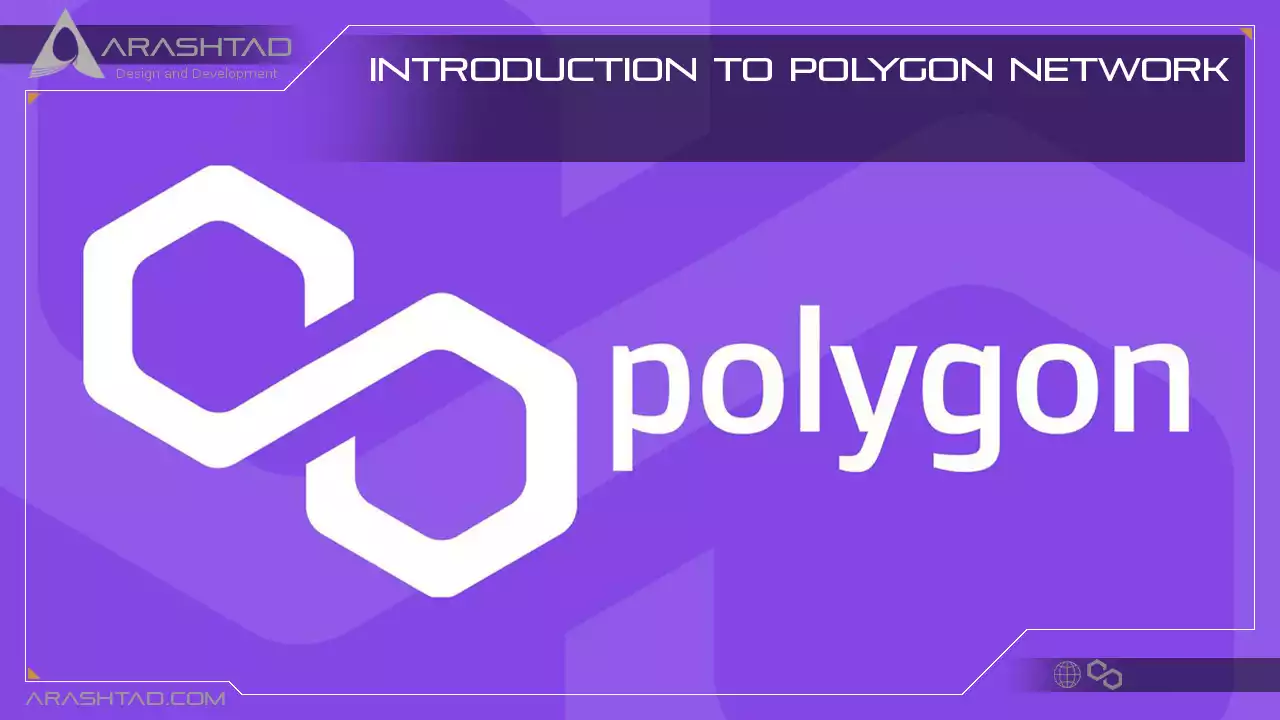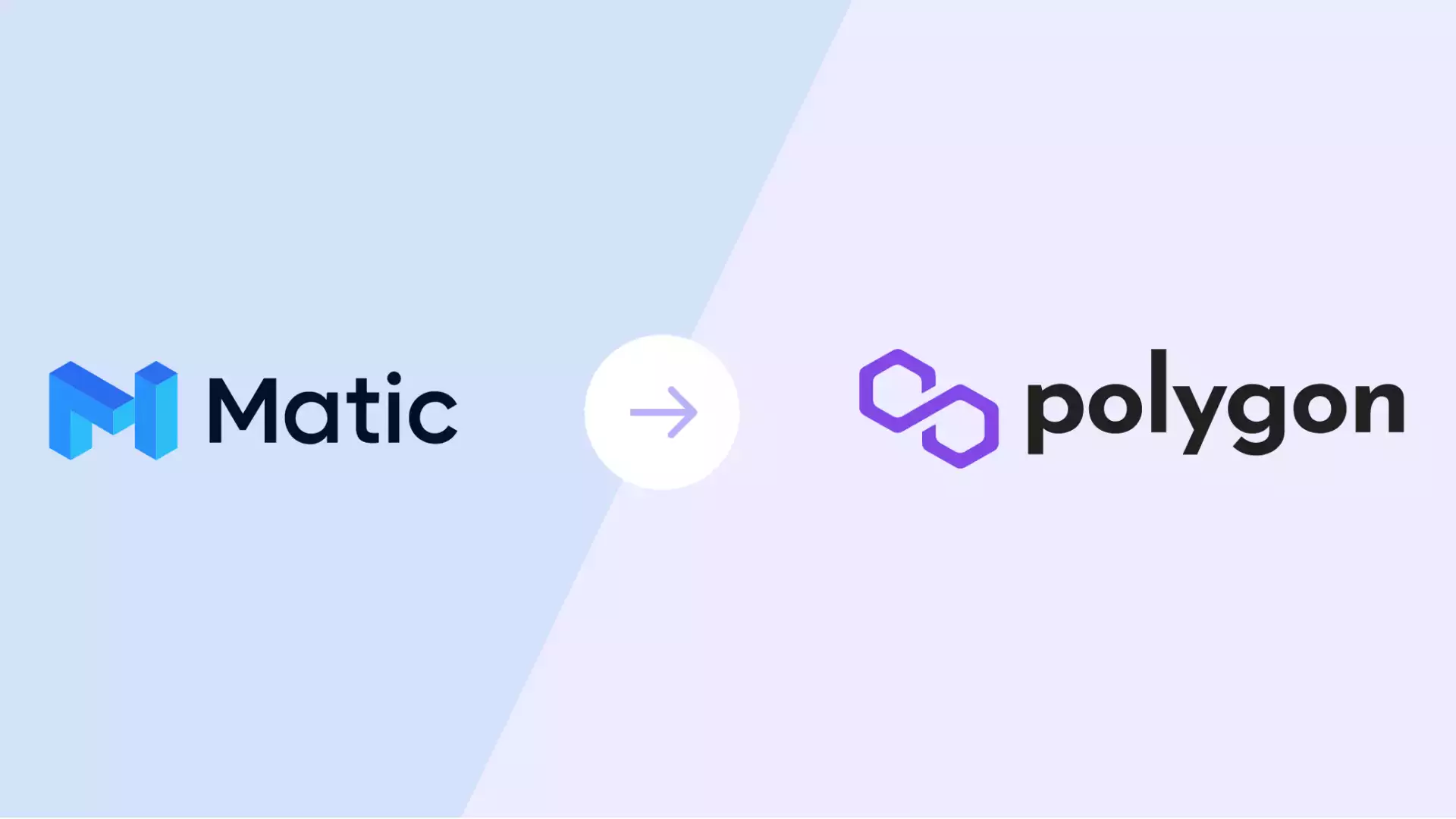Introduction to Polygon Network
Formerly known as Matic Network, Polygon provides open-source, decentralized blockchain services. This network was founded by Jayant Kanani, Sandeep Nailwal, and Anurag Arjun in 2017. Polygon is a stack of protocols designed to address Ethereum’s scalability issues. It handles transactions on a separate Ethereum-compatible blockchain to resolve Ethereum’s scalability issues. This article will familiarize us with the Polygon network, its features, mechanism, pros and cons, its token, and wallet.
Overview of Polygon Blockchain
Polygon’s native token, MATIC, serves as the network’s governance and security. With Polygon currency, users can interact with hundreds of dApps integrated into the Polygon ecosystem. The platform has multiple levels. Developers can launch their blockchain applications on top of Polygon’s main chain and other blockchains to connect to Ethereum and other blockchain networks through Avail, Polygon’s SDK for sidechains. The Polygon network will connect all blockchain networks. Because of Polygon’s low transaction fees and faster transaction rates, developers were attracted to the company.How Does Polygon works?
If you trade nonfungible tokens (NFTs), buy or sell tokens on Ethereum, or use decentralized finance (DeFi) apps or protocols, you may face hundreds of dollars in fees. What makes Polygon’s solution cheaper? In order to reduce gas costs, scaling solutions such as Polygon process transactions on side chains. Polygon can process up to 65,000 transactions per second, while Ethereum can process only 17 transactions per second. Moreover, Polygon is able to charge these fees for pennies. Contrast that price with Ethereum’s average transaction fee of $15. Users have the choice of choosing the best scaling option suited to their use, since Polygon includes a range of protocols, including zero-knowledge proofs.
What is ZK?
The ZK proof is used by cryptography to prove to another party (the verifier) that a statement is true. There is no additional information needed from the prover other than that it is true. Matic began with plasma sidechains, which are lighter and more secure than zk rollups and optimistic rollups. of the several options project, teams can choose, plasma sidechains, a proof-of-stake blockchain bridge, zk rollups, and optimistic rollups are the most popular. A plasma chain, like a sidechain, is a separate blockchain that runs alongside a primary blockchain. Ethereum is the “parent” blockchain in this case. Plasma chains communicate with the main blockchain to ensure assets are securely transferred between them.In response to high demand from developers, Polygon added a blockchain bridge to its product lineup. the PoS bridge lets developers create DApps on one platform while still enjoying the benefits of other platforms. By batching transactions off of the main chain, Polygon makes Ethereum lighter and faster. By processing batches of transactions on its own PoS blockchain, Ethereum eliminates the need to process all files on its own. Using Zk rollups, bundles of transactions are processed off-chain, and validity proofs are generated, verifying that each bundle of data is accurate. the validity proofs are then sent to the main blockchain.
Validity Proofs:
The validity proofs act as a proxy for the bundles they represent, which reduces data on the main chain, as well as the time and gas fees for validating blocks. A fraud-proof protocol is used in optimistic rollups once a fraudulent transaction is detected, and it determines the correct transaction based on data available on the main blockchain. If anyone submits a fraudulent transaction using optimistic rollups, their stake is slashed. those who update transactional data on the system are required to stake ETH.Each scaling solution has its own tradeoffs between security, sovereignty, transaction fees, and transaction speed. Polygon recognizes that there is no single best solution that will fit all applications. Developers should be able to select a scaling solution that best suits their application. Polygon offers the widest variety of scaling options.What is Polygon Token (MATIC)?
A Polygon token is known as MATIC and is the foundation of the system. as well as serving as a medium for exchange payments, it also serves as a medium for storing tokens to protect the Polygon network. A tremendous expansion in the use of Polygon MATIC tokens has resulted in an incredible price increase since its rebrand.A current circling supply of around 5 billion tokens is held by MATIC, which has a covered stockpile of 10 billion tokens. Most decentralized, as well as centralized trading exchanges, offer MATIC tokens, including Binance, 1inch Exchange, and Coinbase Pro. By making it accessible with both fiat and crypto, the crypto world is simplifying the purchase of Polygon (MATIC) tokens. CoinGecko reports that the Polygon MATIC market has an absolute market capitalization of 1/8 billion dollars at the time of composing. At present, Polygon MATIC tokens are valued at approximately $0.36.
What makes Polygon unique?
Staking, which allows users to earn interest by validating transactions on the Polygon blockchain, is only available on Polygon. A primary objective of Polygon is to create an Internet of Things (IoT) for the Ethereum blockchain while maintaining Ethereum’s decentralization and security. This approach grants developers higher levels of control and customization when choosing a scaling solution best suited to their application. Polygon stands out from other L2 solutions because it offers developers a stack of solutions on a single network.For standalone chains, sidechains, and off-chain scaling solutions, developers can choose between zk-rollups and optimistic rollups on Polygon. If the developer prefers, they can use Polygon Avail, which is an extremely secure blockchain for data availability.
Final thoughts:
In this article, you learned about the polygon network, its token, mechanism, zk, its unique features, and so on. Generally, Polygon is one of the Ethereum-compatible blockchains that has covered some of Ethereum’s flaws and shortcomings. In summary, as MATIC achieves considerable success in solving the blockchain scalability issues, its workings and potential can be assumed. As well as that, developers can use the polygon platform’s customization options to create their own decentralized network utilizing its features and tools.Download this Article in PDF format

Arashtad Custom Services
In Arashtad, we have gathered a professional team of developers who are working in fields such as 3D websites, 3D games, metaverses, and other types of WebGL and 3D applications as well as blockchain development.


